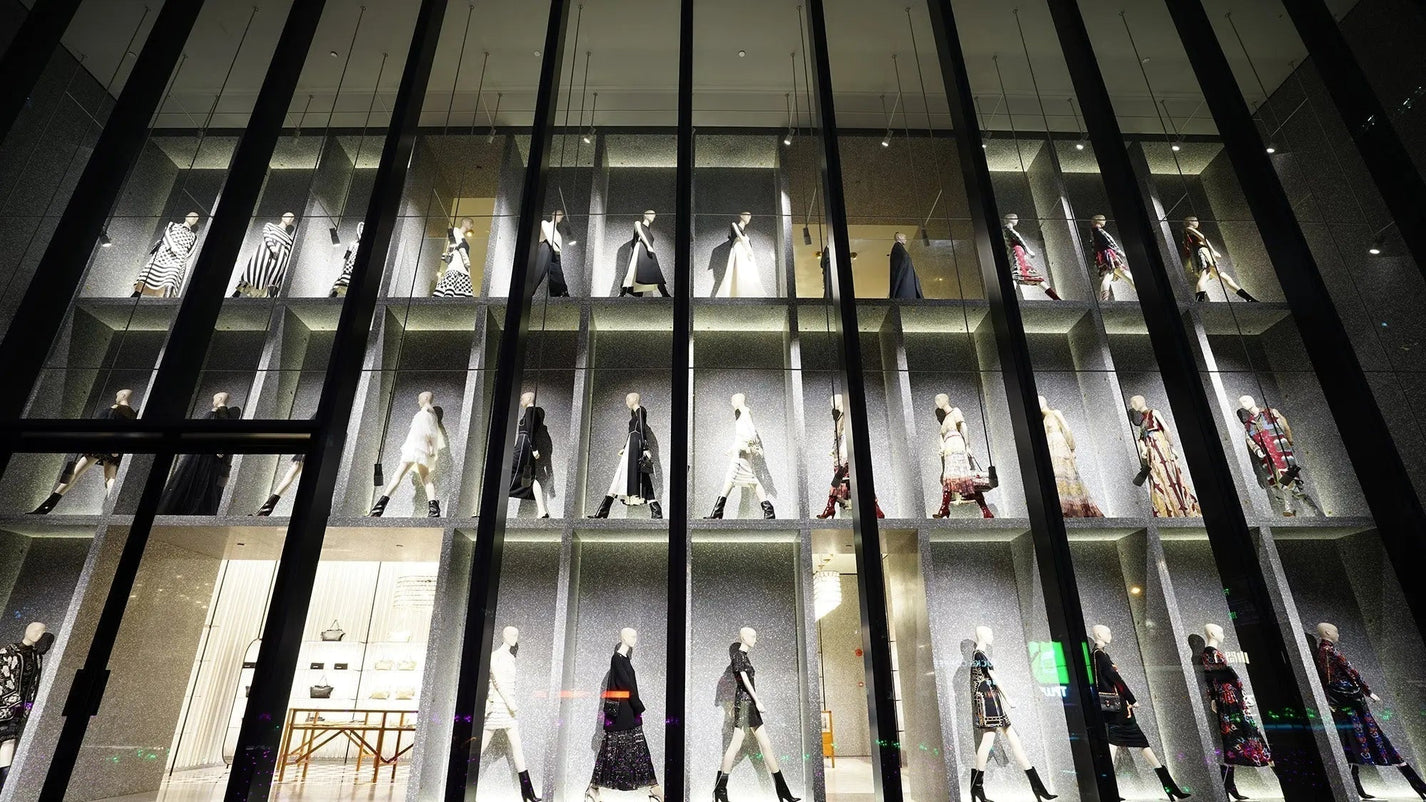
The Shift in Luxury Fashion Power
For decades, Paris, Milan, and London have been considered the epicenters of luxury fashion. These cities have housed legendary fashion houses such as Chanel, Dior, Gucci, and Prada, setting global trends and defining what high fashion means. However, in recent years, a new wave of luxury capitals has emerged, challenging the dominance of traditional fashion hubs. Cities like Seoul, Shanghai, and Dubai are now making their mark in the luxury fashion industry, offering fresh perspectives, innovative designs, and new consumer markets.
1. Seoul: The Global Influence of K-Fashion
South Korea’s capital, Seoul, has become one of the most influential fashion capitals in the world. The rise of K-pop and K-drama culture has significantly boosted the country’s fashion industry. Celebrities like BTS, Blackpink, and NewJeans are brand ambassadors for top luxury brands, making Korean fashion highly desirable.
• Korean designers such as Juun.J, Rejina Pyo, and Hyein Seo have gained international recognition for their avant-garde and futuristic aesthetics.
• Seoul Fashion Week has grown into a global platform, attracting luxury buyers and media from around the world.
• Luxury brands like Chanel, Louis Vuitton, and Dior are increasingly launching exclusive events and collaborations in Seoul, recognizing its importance as a luxury market.
2. Shanghai: The Rise of Chinese Luxury Powerhouses
Shanghai is not just a major financial hub; it has also emerged as a luxury fashion powerhouse. With China being one of the largest luxury consumer markets, international brands have invested heavily in the country.
• Chinese designer brands like Shushu/Tong, Samuel Gui Yang, and Uma Wang are redefining luxury with a unique East-meets-West aesthetic.
• Luxury brands such as Prada, Hermès, and Louis Vuitton have opened flagship stores, hosting grand fashion shows in Shanghai.
• The rise of Guochao (国潮, or “national trend”) has boosted local luxury fashion, with brands like Li-Ning and Shanghai Tang merging traditional Chinese elements with contemporary design.

3. Dubai: The Middle Eastern Luxury Hub
Dubai has positioned itself as a global luxury destination, catering to the ultra-rich and high-net-worth individuals. Known for its extravagance and high-end shopping, the city has become a hub for both Western and Middle Eastern luxury brands.
• Luxury shopping districts like The Dubai Mall and Mall of the Emirates attract some of the highest-spending customers worldwide.
• Middle Eastern designers such as Elie Saab, Zuhair Murad, and Rami Al Ali have gained global acclaim, redefining haute couture with intricate embroidery and regal silhouettes.
• Dubai’s luxury fashion scene is closely tied to opulence, exclusivity, and custom-made couture, catering to a clientele that values uniqueness and status.
A New Era of Global Luxury
While Paris, Milan, and London will always remain important luxury fashion capitals, the emergence of Seoul, Shanghai, and Dubai proves that luxury fashion is no longer confined to traditional Western cities. These new luxury capitals bring diverse cultural influences, fresh creativity, and new consumer markets that are shaping the future of the industry.










